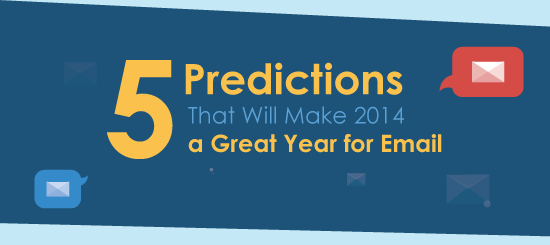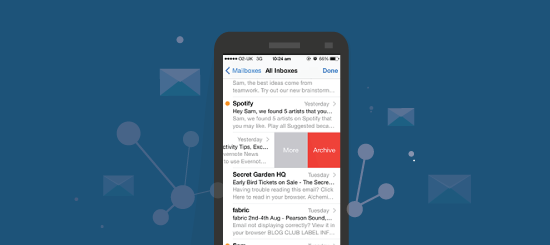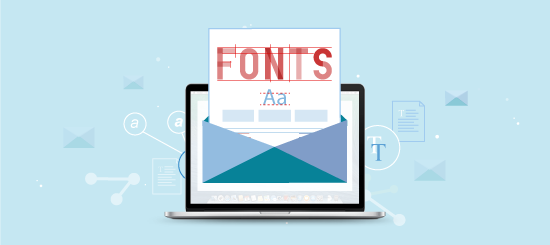Quite a lot goes on in between an email send and a conversion, and it can be a tricky to guide subscribers though to your goal. When a subscriber engages with an email they usually follow a strict path that guides them from the inbox and to a conversion. This is something we call the email engagement process.
Launch
Obviously a very critical step! Your email’s been sent and lands firmly into the next stage of the engagement process, a subscriber’s inbox.
Inbox Triage
The first hurdle of engagement is inbox triage – this hurdle also happens to be where most emails will fall flat. Across industries Campaignmaster sees average open rates range between 17%-29%. Subscribers will quickly asses new messages in their inbox deciding which ones to read, delete and mark as spam. It can be a fast and cruel process, so it’s vital to get it right!
Creative
Once an email has been opened, it’s up to the design to sell your emails message. Can it be easily read? Does it look appealing? Is it mobile optimised?
Call-To-Action
The final stage and holy grail of email engagement is the call-to-action. Keeping these well placed, context-based and bullet-proof will make them a cinch for subscribers to find, identify and use.
Throughout the engagement process there are several hot points that let subscribers jump from one stage to the next. Knowing how to leverage these hot points is key if you want subscribers to advance though the engagement process and reach your conversion goal e.g. buying a product, downloading a whitepaper or registering for an event.
Engagement Hot Points
Subject Line
Possibly the most important aspect of your email. As I mentioned earlier, only 17%-29% of emails (on average) get opened in the inbox triage process and this is all down to the subject line & from name.
Design & Layout
Once a subscriber has opened your email, it’s down to the design to present your content in an easily accessible format. The main thing to watch out for here is that you keep your design nice and simple and don’t over-complicate things by adding too much content.
Copywriting
Subscriber attention is fleeting, so they shouldn’t have to spend too much time reading your email to find out what it’s all about. Using things like large titles, sub-headings and tweet-length paragraphs will help subscribers scan your email’s content quickly, increasing the change of conversion.
Call-To-Action
After a subscriber’s been seduced by your subject line, dazzled by your design and captivated by your copy, they’re going to want to how to proceed. This is where your call-to-action comes in.
Testing & Proofing
Ok, ok, this one technically isn’t an engagement hot point, but it’s something we just had to cover. Knowing how to test and proof an email before sending will avoid any embarrassing problems such as spelling mistakes, broken designs and incorrect information.
There isn’t any big secret or trick in optimising your engagement process. All you’re doing is making it as easy as possible for someone to identify your email, read its contents and see where to go next if they want to find out more. That’s it!









